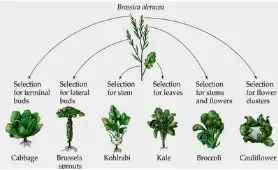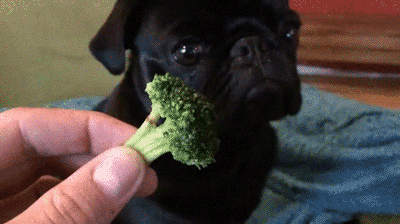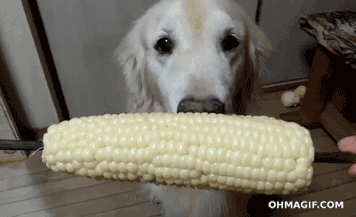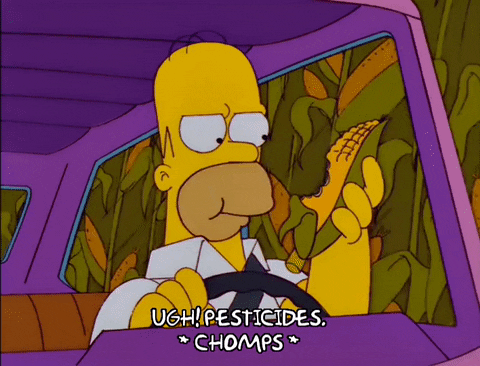Get to Know GMOs
- Tim
- Feb 17, 2021
- 3 min read
1. DNA provides basic instructions for life - including vegetable life

Every cell in our body contains its own copy of our genetic code. This code tells each cell exactly what to do, and exactly when to do it. DNA gives us all our unique features! The same goes for ALL living things, like fruits and vegetables. A, C, T, G are bases, which make up the DNA blueprint for how a plant will grow and look.
2. Plants have evolved just like we have!

A few base changes can make a huge difference in an organism’s characteristics, depending on which gene these bases encode. These changes can be so significant that over time, that they create a whole new organism. (Think about monkeys -> humans!)
3. The birth of broccoli
Check out the selection of specific traits of how this grass plant led to several of the green veggies we have today! By breeding the grasses that had the genetic code for biggest stems and flowers together for many generations, farmers eventually created a population of plants that was mainly stems and flowers - and that’s how broccoli was born.
4. All the produce we have today is the result of the selection of traits (which is a fancy way of saying evolution)
Have you ever noticed that bananas are all sweet, soft, and fit right in your hand? They’re easy to peel, and their bright yellow color makes them look so delicious. How could such a perfect fruit exist? The truth is, bananas were not always like this. By selecting the bananas that have traits that we want, such as no seeds, to breed, the fruit evolves over time to become a more ideal crop.
5. GMOs are just, like, speeding up evolution
GMO stands for Genetically Modified Organism. So we can get "ideal" bananas much faster!
6. GMOs can help make your favorite foods even safer!
Corn originates from the Teosinte plant, and our ancestors turned that wild grass into the fruitful, yellow corn we have today. Bt-derived pest resistance and herbicide resistance commonly used in genetic modification today help make the corn we eat even better for us. These genes reduce the impact of pests while allowing farmers to use fewer chemicals on their land, which is beneficial for the environment as a whole.
7. How do you genetically modify a plant?
DNA alteration, AKA gene transfer technology, is sort of like using cut and paste on your computer. Once the beneficial trait, such as pest resistance or sweet flavor, is identified, it can be cut out and implemented into the target plants genome. Now that your plant has the gene, it can be bred to create a new family of plants, with this new gene transferring from generation to generation.
8. Are all crops genetically modified?
GMOs are not in as many foods as people think, there are only 10 genetically modified crops available today: alfalfa, apples, canola, corn, cotton, papaya, potatoes, soybeans, squash, and sugar beets.
9. You are NOT what you eat!
DNA isn’t scary! DNA makes up every living thing- even plants. The alteration of DNA in the food we eat has no adverse effects on our genomes. Our DNA is packed safely inside the nucleus of each of our cells, out of reach of the food we’re eating. If this misconception were true, it’d be as if eating a tomato would turn you into one, and we know that’s not true!
10. GMOs are designed to be better for us
By enhancing a crop’s best features, we’re getting the most our crops have to offer!
11. Farming with GMOs has many benefits
The benefits of GMOs range from eliminating the need for harmful pesticides to reducing bruising in produce products during shipment. Drought resistant crops, as well as some additive nutritional value, are ways that farming is becoming more sustainable, and creating a positive impact on the environment.
12. Not only is the produce better, we can make more!

70% more food is needed by 2050 to combat our quickly multiplying world population. GMOs allow farmers to yield bigger, more nutritious produce.
13. Why care about GMOs?

There is a stigma surrounding GMOs, but most people are simply not informed. Genetic modification is not scary, but the ‘GMO-free’ society we live in is what turns people away! GMOs can help us, not hurt us.
Take this quiz to see how much you learned about GMOs!







Comments